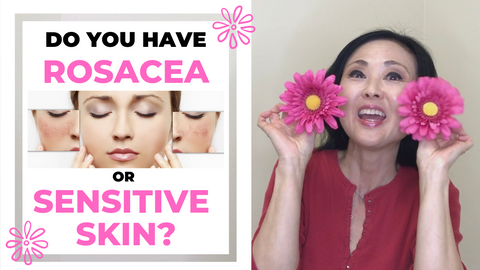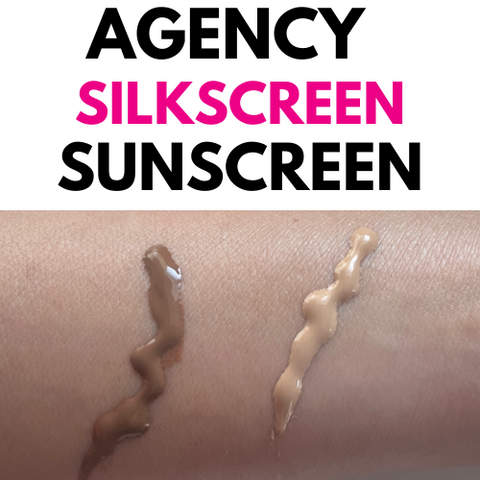The 3 truths of melasma -Causes and Treatments- Melasma is a type of hyper pirgmentation that is mostly driven by hormones. Unlike post inflammatory hyper pigmentation, this type of hyperpigmentation is more pervasive.
If you are looking into treating post inflammatory hyper pigmentation or acne scars:
First Truth of Melasma
In this hyper pigmentation series, we are going over the different sources of hyper pigmentation , causes, and treatments.
Although melasma is common throughout the world, it is often complicated to treat because of the way the body produces pigment is complex AND the way each individual creates melanin is so different dependent on so many different factors such as:
-genetics
-hormones
-age
-prescription meds
-illness
-sun exposure
Before we dive in, I want to make sure all of us are familiar with the common words used when referring to hyper pigmentation.
Melanocytes: Cells that are in our dermis produce melanin.
Melanin-Natural pigment ranging from brown to black pigment found in hair, skin, and the iris of the eye.
The positive function protects the skin, absorbs UV light and reduces the risk of skin cancer and helps reduce photo aging.
Melanin is produced, stored, and transported up to the surface of the skin via the melanosome.
The process of melanogenesis is complex because it involves many different hormones, enzymes, and proteins.
Who is more likely to to struggle with hyperpigmentation?
Currently, hyper pigmentation is the top skin condition treated among people of color.
Approximately, 65% African Americans and 53% stated they were of Hispanic /Asian descent.
Approximately 6 million women in the US reported they struggle with some sort of hyper pigmentation.
-pregnancy
-birth control pills ( or any other hormone related treatments)
-genetic disposition-if a close relative has melasma, risks are higher for developing it.
-Fitzpatrick skin types 4-6
If you don’t know what that is, and you want to know where you fall under the classification scale, please click this link:
Hyper pigmentation: Understanding How if Affects your Skin Type
2nd Truth about Melasma:
As mentioned above, because there are so many factors that can contribute towards melasma,that not only is it the most difficult type of hyper pigmentation to treat, melasma must be treated with a multi-faceted approach.
If anyone tells you that all you need to do is use this one type of cream, or just do this one treatment, your melasma will go away. This is simply not true. Because the causes are complex, so is the treatment.
Lifestyle Choices to help with Melasma :
Before we go into hyper pigmentation treatments, the treatment will have not have drastic or long lasting effects if you do NOT begin to make some changes that can impact hyper pigmentation.
Because melasma is related to hormonal causes, here are some tips and small changes that over time can affect hyperpigmentation.
Three Most Effective Ways to Lighten Acne Scars and Dark Spots
Birth Control /hormonal pills: Ask your doctor if there are other alternatives such as a lower dosage or a different type of hormone you can take.
Heat: Melasma can be exacerbated or triggered by heat which can increase the melanocyte activity and may make melasma worse.
Make adjustments in where/when you work out. For example, avoid the hottest time of the day, avoiding hot yoga,etc.
If you work over a hot stove or grill, consider having a mini fan blowing right on your face, if that is possible. If you work in an office, and you are facing the sun all day, change positions so that you are facing away from the sun.
Stress: For some, stress can increase melasma. As stress levels go up, so do hormones including one called adrenocoricotropic hormones which can stimulate more melanin production.
Sun Exposure: In addition to covering up, everyone talks about using sunscreen. However, consider using a sunscreen that is one step up from a regular sunscreen. Use a sunscreen that helps manage and prevent hyper pigmentation.
There are sunscreen moisturizers but now there are some that not only have anti aging ingredients, but also sunscreen that peptides and lighteners that help lighten age spots and melasma.
This is why my favorite sunscreen that has personally helped my own hyper pigmentation, is the Lira Clinical Sunscreen.
3rd Truth about Melasma:
Melasma cannot be completely eradicated. It can be managed and reduced. You can fade melasma.The most quickest and effective way to treat melasma is through professional treatments such as lasers and chemical peels. However, if your melasma is exposed to the sun for any length of time, over the course of years, the melasma can re appear and get darker.
The most effective way to keep melasma at bay and manage it from reappearing or from becoming worse, is to use:
-skin lightning products
-using anti inflammatory ingredients that calm, soothe the skin that lightening and exfoliating products can produce.
The best results for treating melasma is by having a license professional evaluate your melasma to see what the best treatment AND post treatment protocol would be for your skin type AND the best skin lightening products to use.
However, treatments alone will not solve the problem. Professional treatments may help lighten melasma and remove melasma more quickly than just using over the counter products. For best results for the treatment of melasma is to pair with home care to help manage melasma on a daily basis.
Stay tuned for our next post in the pigmentation series where we will go over more in depth, the best ingredients and treatments for melasma.




